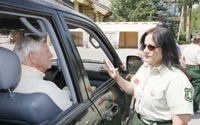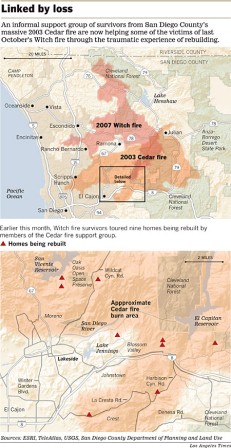An article by J. P. Plutt on the University of Montana Extension site describes how to quickly construct a helicopter dip tank or water reservoir with hay bales and a tarp. Add a pump and some fire hose and it can be used to protect a structure. Here is a portion of the article:
“The components of Liggett’s structure protection system include hay bales, a tarp, a pump, fire hose, and a few valves. You take the fire hose, drill holes in it and attach it around the structure. You arrange the hay bales in a rectangle, cover it with the tarp and fill it with as much as 12,000 gallons of water. If fire approaches, the owner need only turn on the pump and get out of there. The system can keep the structure soaking in water for up to 12 hours, which conceivably would protect the building from reaching ignition temperatures until the fire front passes and firefighters can safely enter the area to do the mop-up work.”
This could actually work until you get a spot fire in the hay. But in a remote dry site, a dip tank quickly constructed like this could be invaluable.




